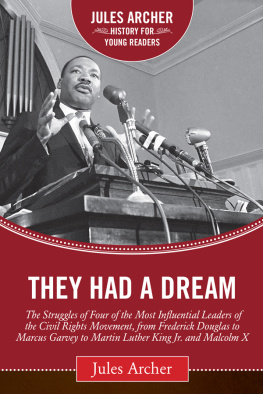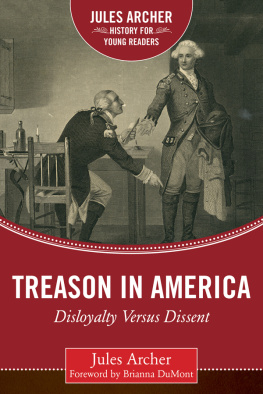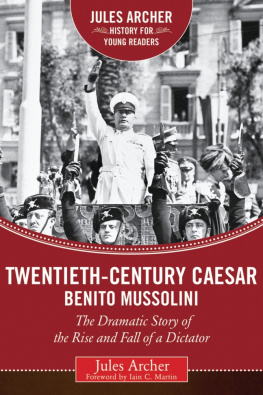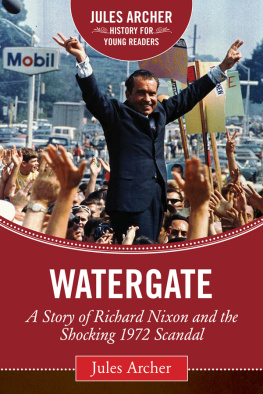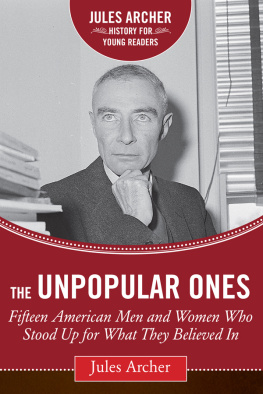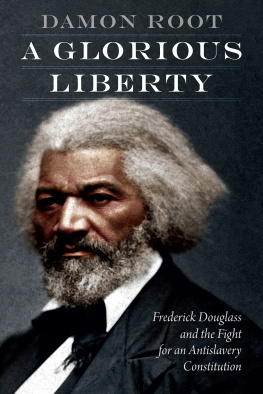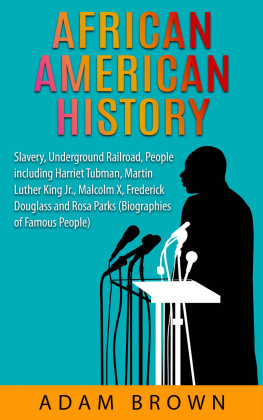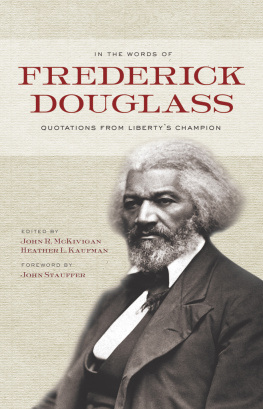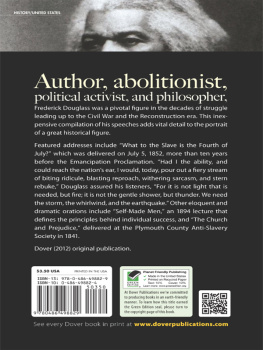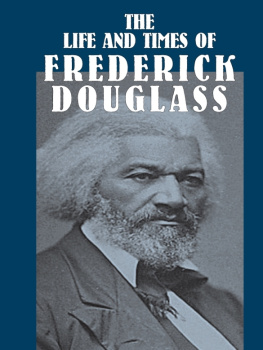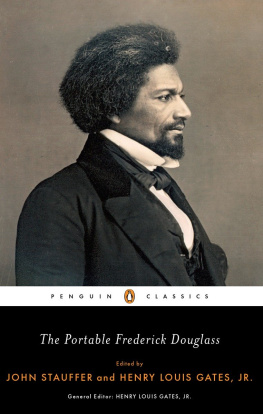Jules Archer - They Had a Dream: The Civil Rights Struggle from Frederick Douglass...Malcolm X
Here you can read online Jules Archer - They Had a Dream: The Civil Rights Struggle from Frederick Douglass...Malcolm X full text of the book (entire story) in english for free. Download pdf and epub, get meaning, cover and reviews about this ebook. year: 1996, publisher: Penguin Young Readers Group, genre: Politics. Description of the work, (preface) as well as reviews are available. Best literature library LitArk.com created for fans of good reading and offers a wide selection of genres:
Romance novel
Science fiction
Adventure
Detective
Science
History
Home and family
Prose
Art
Politics
Computer
Non-fiction
Religion
Business
Children
Humor
Choose a favorite category and find really read worthwhile books. Enjoy immersion in the world of imagination, feel the emotions of the characters or learn something new for yourself, make an fascinating discovery.

- Book:They Had a Dream: The Civil Rights Struggle from Frederick Douglass...Malcolm X
- Author:
- Publisher:Penguin Young Readers Group
- Genre:
- Year:1996
- Rating:5 / 5
- Favourites:Add to favourites
- Your mark:
- 100
- 1
- 2
- 3
- 4
- 5
They Had a Dream: The Civil Rights Struggle from Frederick Douglass...Malcolm X: summary, description and annotation
We offer to read an annotation, description, summary or preface (depends on what the author of the book "They Had a Dream: The Civil Rights Struggle from Frederick Douglass...Malcolm X" wrote himself). If you haven't found the necessary information about the book — write in the comments, we will try to find it.
They Had a Dream: The Civil Rights Struggle from Frederick Douglass...Malcolm X — read online for free the complete book (whole text) full work
Below is the text of the book, divided by pages. System saving the place of the last page read, allows you to conveniently read the book "They Had a Dream: The Civil Rights Struggle from Frederick Douglass...Malcolm X" online for free, without having to search again every time where you left off. Put a bookmark, and you can go to the page where you finished reading at any time.
Font size:
Interval:
Bookmark:
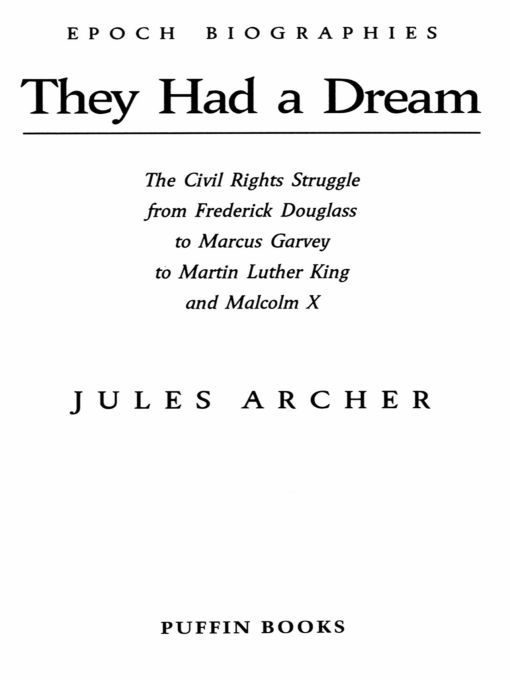
Where is the black mans government?
I have a dream.
I dont advocate violence, but...
Anne Frank: Beyond the Diary Ruud van der Rol and Rian Verhoeven
Brady Jean Fritz
Breaking Barriers Jules Archer
The Double Life of Pocahontas Jean Fritz
Grace in the Wilderness Aranka Siegal
Hitler Albert Marrin
Letters from Rifka Karen Hesse
Mao-Tse-Tung Albert Marrin
Mischling, Second Degree Ilse Koehn
My Life with Martin Luther King, Jr. Coretta Scott King
Napoleon Albert Marrin
Stalin Albert Marrin
Starting from Home Milton Meltzer
Take a Walk in Their Shoes Glennette Tilley Turner
Upon the Head of the Goat Aranka Siegal
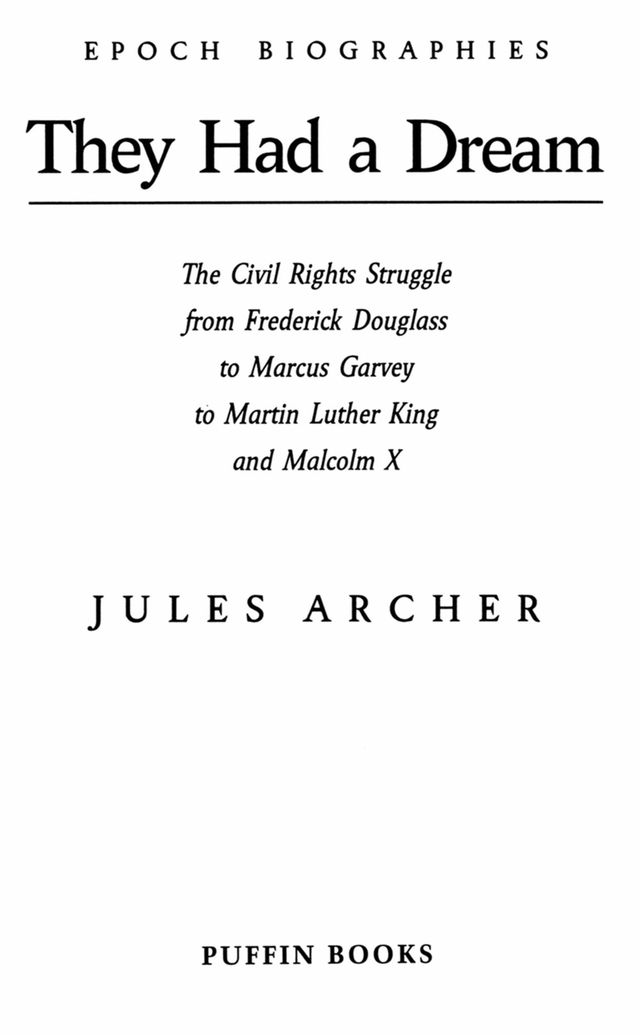
(in alphabetical order this time)
of Santa Cruz, California
Dr. Kerry Russell Archer
of Boxford, Massachusetts
of Randwick, Australia
Dorothy Sunny Soul
Font size:
Interval:
Bookmark:
Similar books «They Had a Dream: The Civil Rights Struggle from Frederick Douglass...Malcolm X»
Look at similar books to They Had a Dream: The Civil Rights Struggle from Frederick Douglass...Malcolm X. We have selected literature similar in name and meaning in the hope of providing readers with more options to find new, interesting, not yet read works.
Discussion, reviews of the book They Had a Dream: The Civil Rights Struggle from Frederick Douglass...Malcolm X and just readers' own opinions. Leave your comments, write what you think about the work, its meaning or the main characters. Specify what exactly you liked and what you didn't like, and why you think so.

